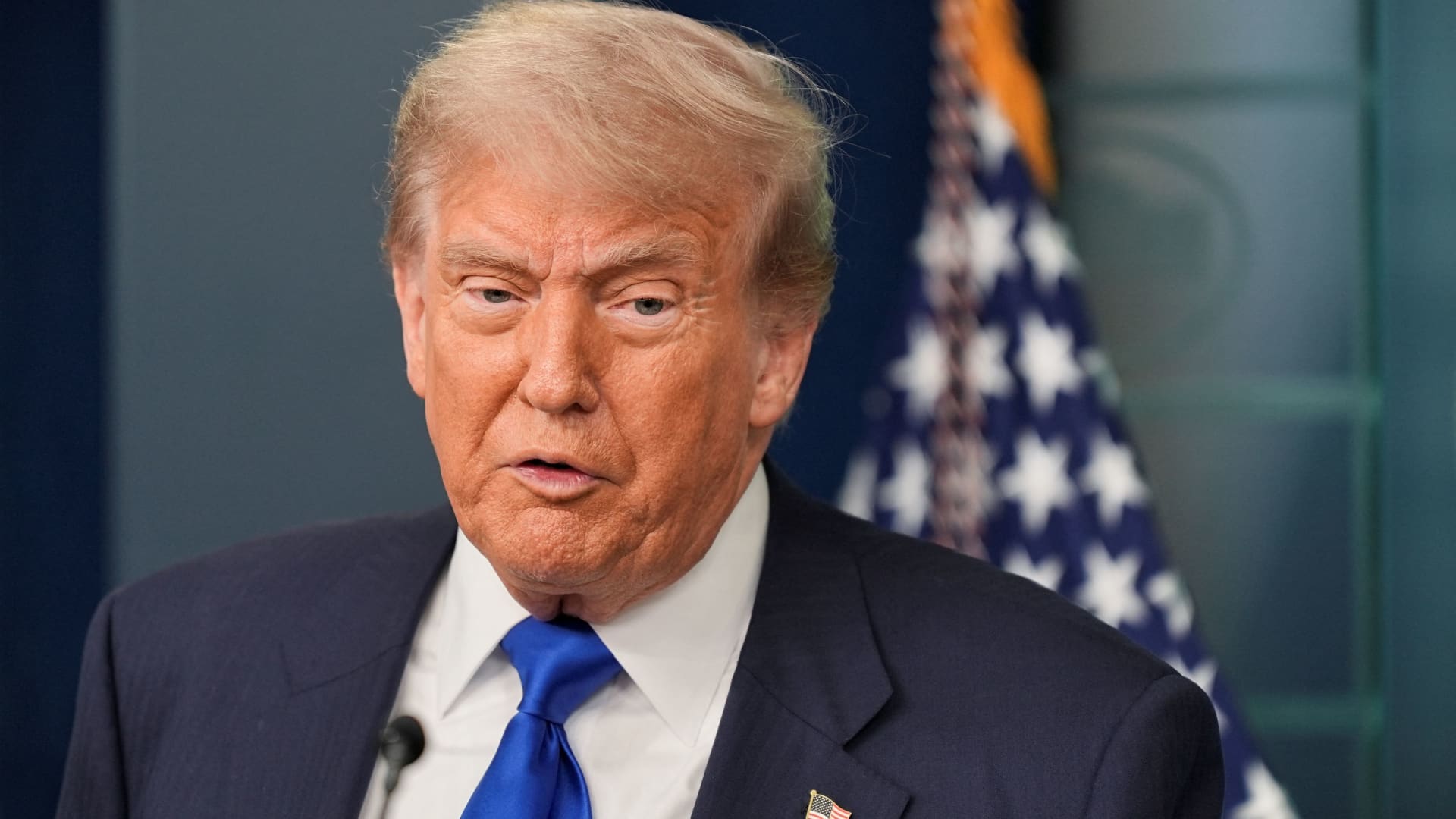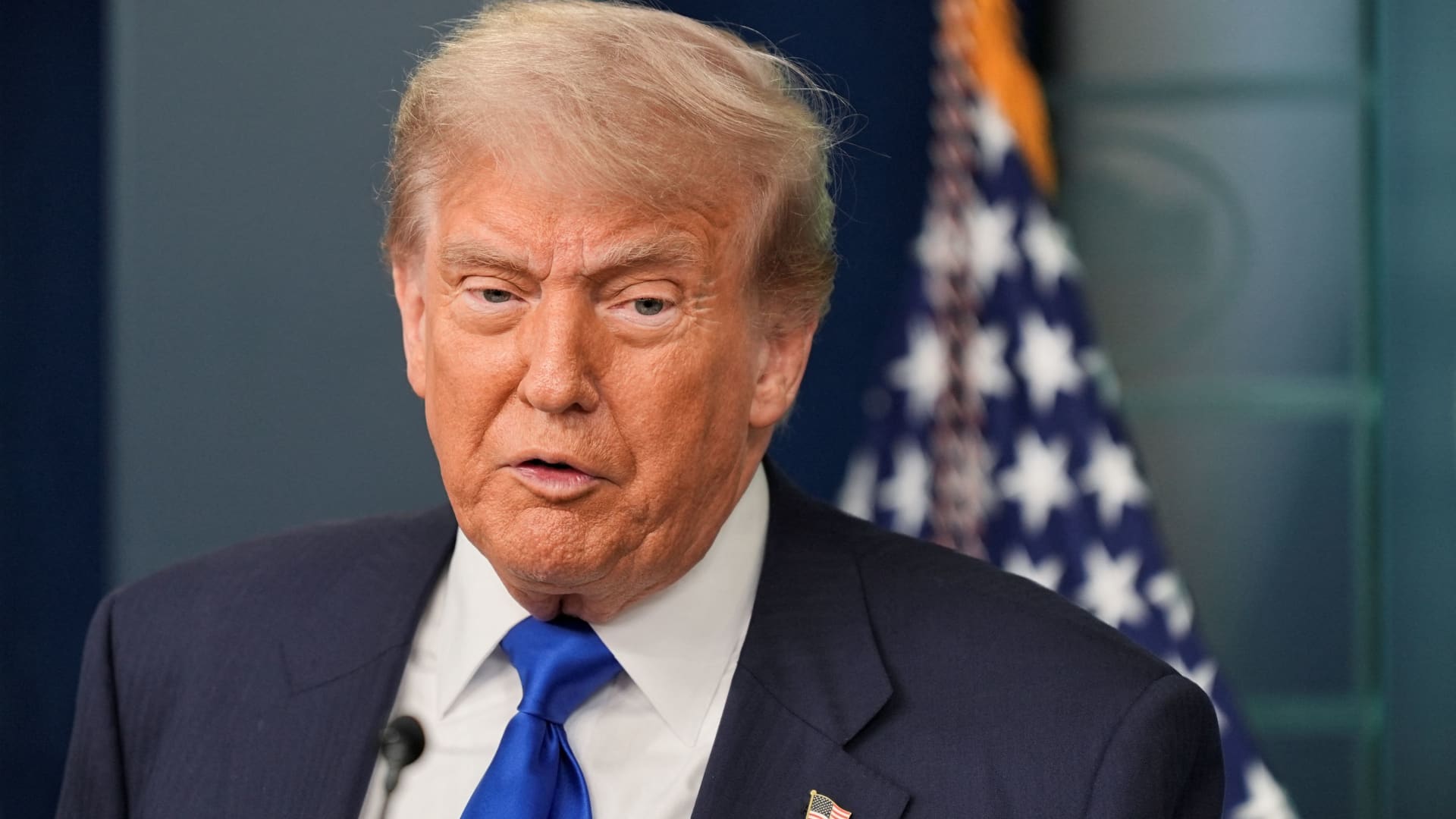The recent reports of a potential $30 billion civilian nuclear deal between the Trump administration and Iran have sparked intense debate and speculation. This proposed initiative represents a significant shift from the hardline stance the Trump administration had previously adopted toward Iran, particularly after withdrawing from the Obama-era Joint Comprehensive Plan of Action (JCPOA) in 2018. The reported deal, which includes easing sanctions and unfreezing billions of dollars in Iranian assets, has been met with both skepticism and cautious optimism. This analysis explores the complexities of the reported deal, its implications, and the broader context of U.S.-Iran relations.
Background: A Shift from Hardline Sanctions to Diplomatic Overtures
The Trump administration’s decision to withdraw from the JCPOA in 2018 was driven by concerns that the deal did not adequately address Iran’s nuclear ambitions or broader regional threats. Following the withdrawal, the U.S. imposed stringent sanctions on Iran, aiming to pressure Tehran into renegotiating more favorable terms. However, the reported $30 billion civilian nuclear deal proposal suggests a strategic recalibration, with the administration potentially seeking to engage Iran through economic incentives rather than solely through punitive measures.
The proposed deal reportedly includes allowing Iran access to up to $30 billion for civilian nuclear energy development, easing some sanctions, and unfreezing billions in Iranian assets currently restricted under U.S. sanctions. This approach indicates a willingness to explore diplomatic solutions to curb Iran’s nuclear program while providing economic relief. The deal’s specifics, however, remain shrouded in ambiguity, with conflicting reports and denials from the Trump administration.
The Reported Deal: What Was on the Table?
According to multiple unnamed sources cited by major news outlets, the Trump administration considered several offers that would:
– Allow Iran access to up to $30 billion for civilian nuclear energy development.
– Relieve or ease some sanctions imposed on Iran.
– Unfreeze billions in Iranian assets currently restricted under U.S. sanctions.
This package, as described, was part of a broader diplomatic maneuver to coax Iran back into meaningful talks, possibly leading to an updated nuclear agreement with stricter limitations and broader monitoring protocols. The deal contrasts with previous policies by proposing a constructive economic incentive mechanism rather than solely punitive measures. However, the administration’s public denials and conflicting statements have cast doubt on the deal’s authenticity and the administration’s true intentions.
Denial and Conflicting Messaging from the Trump Administration
Despite widespread media reports on the potential deal, President Trump and his administration have publicly denied that they are pursuing such an arrangement. Trump characterized the reports as “hoax” or fake news, dismissing the notion that negotiations involving hefty financial packages were underway. This gap between media sources and official statements indicates either a confidential, exploratory stage of diplomacy or a deliberate, strategic ambiguity on Washington’s part. It could also reflect internal divisions within the administration or an attempt to gauge international and domestic reaction before formalizing any deal.
The administration’s contradictory public posture mirrors the challenges in communicating complex diplomacy in a highly polarized and scrutinized environment. It also highlights the difficulty of transparent negotiations where national security and political capital collide. The administration’s denials may be an attempt to manage expectations or to avoid alienating core political supporters who favor a tough stance on Iran.
Strategic Implications and Challenges
If the reported $30 billion civilian nuclear deal discussions were genuine, several critical factors would influence its viability and impact:
– Geopolitical Stakes: A deal easing economic constraints on Iran in exchange for nuclear limitations might realign power dynamics in the Middle East. Countries like Israel and Saudi Arabia, staunch opponents of Iranian nuclear ambitions, would likely react strongly against perceived U.S. concessions.
– Domestic Political Risks: For the Trump administration, endorsing a diplomatic deal akin to or softer than the Obama-era JCPOA risks alienating core political supporters who favor a tough stance on Iran. The administration’s messaging tone—denial amid reports—could reflect these sensitivities.
– Verification Mechanisms: Ensuring Iran’s nuclear program remains purely civilian requires robust inspection and enforcement regimes. Any new deal would have to address prior JCPOA criticisms related to transparency and sunset clauses.
– Economic Utilization of Funds: The administration’s offer of substantial funds could enable Iran to rebuild its nuclear infrastructure and civilian capacity, but there are concerns about how thoroughly economic benefits would be monitored or restricted to non-military applications.
Broader Context: U.S.-Iran Relations and Nuclear Diplomacy
The Trump administration’s exploration of a $30 billion civilian nuclear initiative signifies a possible recalibration after years of escalating tensions, sanctions, and proxy conflicts. It underscores the diplomatic tightrope in balancing deterrence with engagement to prevent nuclear proliferation. Indirect talks between U.S. and Iranian diplomats have occurred intermittently, suggesting both sides recognize the importance of dialogue despite public hostility. The reported deal reflects innovative but high-stakes approaches that blend economic incentives with nonproliferation goals.
However, the administration’s contradictory public posture mirrors the challenges in communicating such complex diplomacy in a highly polarized and scrutinized environment. It also flags the difficulty of transparent negotiations where national security and political capital collide. The administration’s denials may be an attempt to manage expectations or to avoid alienating core political supporters who favor a tough stance on Iran.
Conclusion: A Complex Diplomatic Dance with Future Uncertain
The narrative around a potential $30 billion civilian nuclear deal between the Trump administration and Iran epitomizes the intricacies of contemporary international diplomacy. If real, the proposal signals a bold willingness to break from prior hardline approaches, leveraging economic incentives to achieve critical security goals. Yet, official denials and conflicting reports reveal the opacity that so often shadows negotiations involving sensitive nuclear issues.
Moving forward, the future of U.S.-Iran diplomatic relations and nuclear agreements will likely continue to oscillate between cautious engagement and strategic firmness. The efficacy of such high-value civilian nuclear deals hinges on transparent verification and managing regional security interests—a balance easier envisioned than achieved. The story remains unfolding, a high-stakes gambit emblematic of the complexities defining global non-proliferation efforts in the 21st century.












